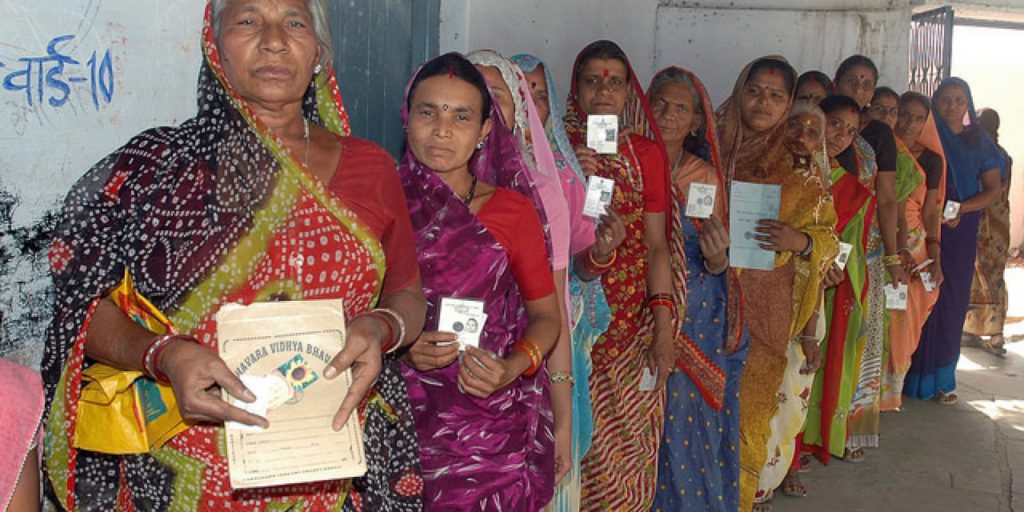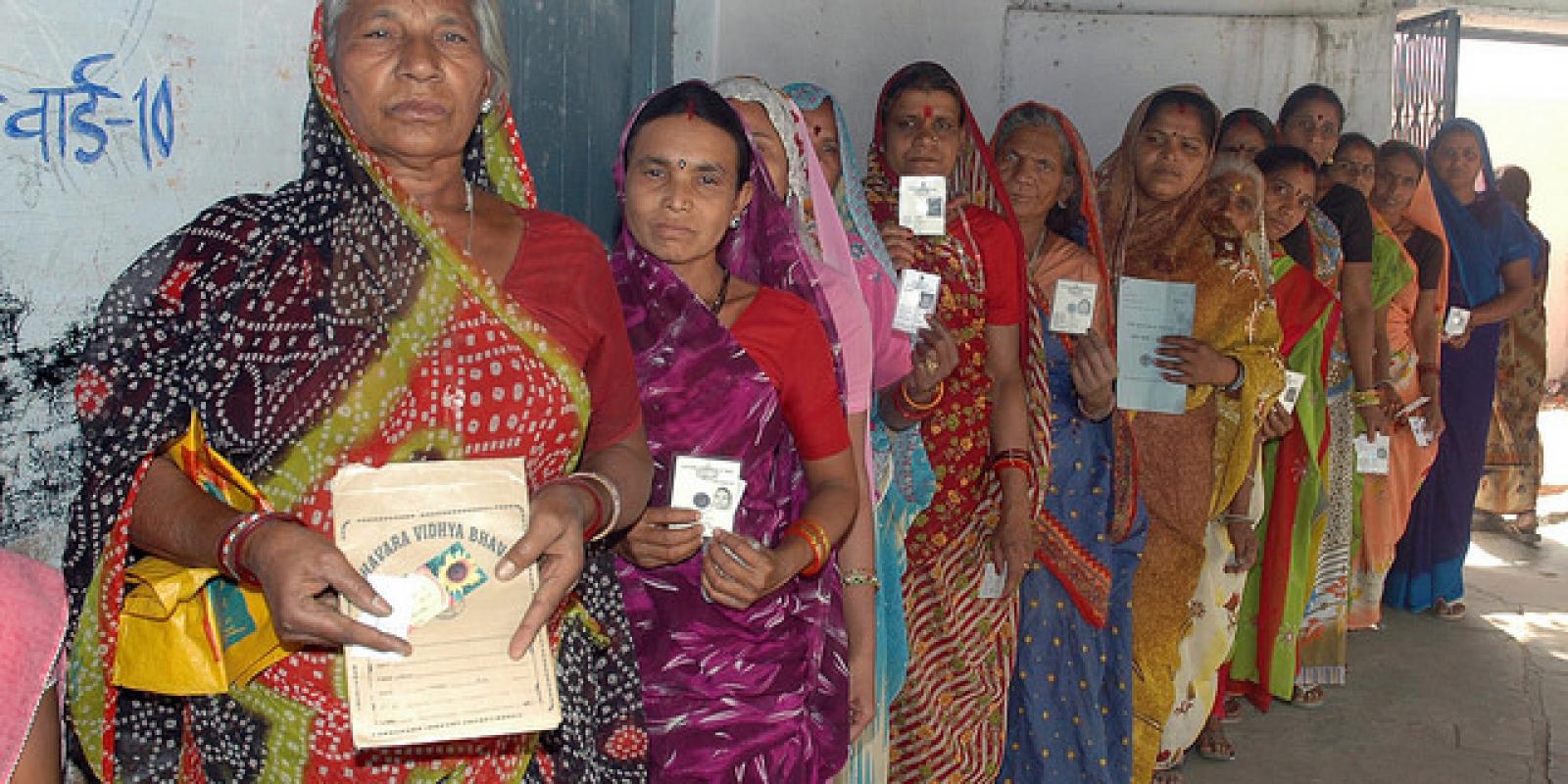
Cambridge Analytica: Did India serve as experiment ground for perfecting data misuse?
This seemingly inexpensive way to use social media to change governments has all the imprimatur of a military operation set in a civilian setting. Prashant Kishore used the same tools as Analytica to help Modi come to power in 2014. Will Kishore illumine on Analytica?
In 2013-14, as the election campaign for the parliament elections was heating up, an interesting experiment was being conducted to ascertain an important hypothesis: can counter-factual or fake news influence the national narrative and help win parliament elections?
The Indian election results not just proved this hypothesis, but also showed that the social media platforms like Facebook can significantly sway voting behaviour of people and contribute in throwing out governments — peacefully.
This seemingly inexpensive way to use social media to change governments has all the imprimatur of a military operation set in a civilian setting. How easy it is now for hostile countries to use companies like Cambridge Analytica and their unique prowess to overthrow governments in a democracy!
The whistleblower, who exposed Cambridge Analytica’s dirty ways, and a sting operation by UK’s Channel 4, seem to confirm the extraordinary capacity of the company to change the narrative of the elections by working on psychographic profile of gullible Facebook users.
Cambridge Analytica has owned up its success in making Britain opt out of the European Union, in what is now known as Brexit, and in the stunning triumph of Donald Trump against Hillary Clinton, but there is no mention of similar results achieved through identical methods from India. In all the three cases, the Right-wing populist forces came to power overthrowing established paradigm.
In the case of the US, the Federal Bureau of Investigation (FBI), displaying some institutional strength by standing up to the bullying by President Trump, built on certain leads suggesting intervention by Russia in the electoral process, launched an investigation into the Presidential polls and how it was manipulated.
The probe has yielded interesting insights into how the voting behaviour was influenced through Facebook. Cambridge Analytica managed to harvest the identities of nearly all the FB users and built psychographic profiles of them. Its analysts knew exactly about the fears and anxieties of FB users and tailored advertising campaigns around them.
The targeted intervention by the Cambridge Analytica helped in swinging votes in some of the key states. So astute has been this manipulation through social media that even though Clinton’s popular votes were far higher, but they were not enough to make her win.
Nearly the entire paradigm of harvesting Facebook data and building psychographic profiles, as exposed by a whistleblower, was executed in India. This is despite the fact that at the time the Internet penetration was mostly confined to urban areas.
A study of 2014 results suggests greater support for the BJP in the cities and towns of the country. Some cities with higher Net and Facebook penetration showed higher strike rate for the Narendra Modi-led BJP.
Two years before the US elections, something similar happened in India. With just 31 percent votes, the BJP won a simple majority. Almost identical means, as elucidated above, were used to change their electoral preferences without eliciting the kind of outrage that we have witnessed in the United States.
India’s institutional fragility to pursue such cases and the faith of ordinary citizens in the fairness of electoral process prevented many to ask questions about a possible involvement of a foreign hand in throwing out the government of Manmohan Singh.
At that time, the Indian intelligence agencies, drawing inspiration from Russia and Iran, had begun to see the role of foreign-funded NGOs and dodgy money in subverting Indian democracy, but the flesh and spirit of the Manmohan Singh government were so weak that they failed to take corrective steps.
What is perhaps equally interesting is that despite such a tectonic change in Indian politics in 2014 facilitated by creating a counter-factual narrative through dodgy websites and a blizzard of tweets and Facebook posts, and Whatsapp messages about many aspects of its history, politics and the past government’s performance — it did not raise eyebrows in the West.
The West only woke up to the phenomenon of fake news during the UK referendum on the European Union and later, the US presidential elections.
Nearly the entire paradigm of harvesting Facebook data and building psychographic profiles, as exposed by a whistleblower, was executed in India. This is despite the fact that at the time the Internet penetration was mostly confined to urban areas.
A study of 2014 results suggests greater support for the BJP in the cities and towns of the country. Some cities with higher Net and Facebook penetration showed higher strike rate for the Narendra Modi-led BJP.
In 2013-14, the Narendra Modi led BJP was using a PR agency, APCO Worldwide, and an election strategist, Prashant Kishore. Though there is nothing on the Internet to show any link between Kishore and Cambridge Analytica or its precursor company, SCL, the modus operandi of the two is identical. Similarly, APCO followed the same route as Analytica in doing political work for the BJP:
It was given a contract to handle the publicity and conduct of Vibrant Gujarat and later ended up doing political work for the BJP’s Prime Ministerial candidate. An investigation in London-based The Guardian in 2017 details exactly the manner in which Analytica sneaked into various countries.
It is unlikely that a similar methodology could be used by two unrelated entities. Was this strategy, seemingly, created by British military intelligence (Mi6), passed to other companies too? Nothing really is known as yet, but what comes out strikingly is that this powerful startup is part of the British and US defence establishment.
As an article published This seemingly inexpensive way to use social media to change governments has all the imprimatur of a military operation set in a civilian setting. Prashant Kishore used the same tools as Analytica to help Modi come to power in 2014. Will Kishore illumine on Analytica?by The Guardian in 2017 stated, “This is not just a story about social psychology and data analytics.
It has to be understood in terms of a military contractor using military strategies on a civilian population.” In other words, the use of fake news to distort voter behaviour is far more sinister and has long-term implications then was earlier comprehended.
Alexander Nix, the sacked CEO of Cambridge Analytica, in a sting by British TV Channel 4, makes it amply clear that fake news is an integral part of the operation to distort democracy. “These are things that, I mean, it sounds a dreadful thing to say. But these are things that don’t necessarily need to be true, as long as they’re believed,” he said.
“Our job is to drop the bucket further down the well than anybody else, to understand what are those really deep-seated underlying fears, concerns,” he says in the video. “It’s no good fighting an election campaign on the facts because actually, it’s all about emotion, it’s all about emotion.”
Nix nixes any suggestions that facts play a role in the elections.
Cambridge Analytica and its mother company SCL fathered fake websites in the US and UK, which changed the outcome of two key polls. The big question remains — who spawned the Indian fake news websites in the run-up to the 2014 polls and who advised Modi to tell so many lies that went contrary to facts? Will Prashant Kishore step out?
This article was first appeared in HARDNEWS













































